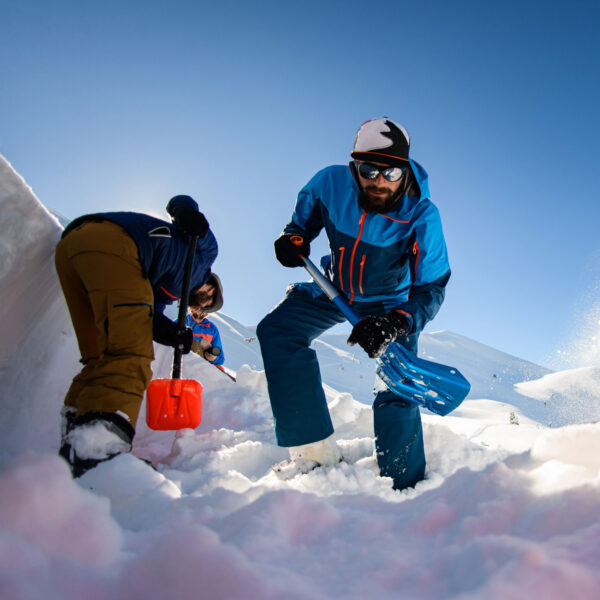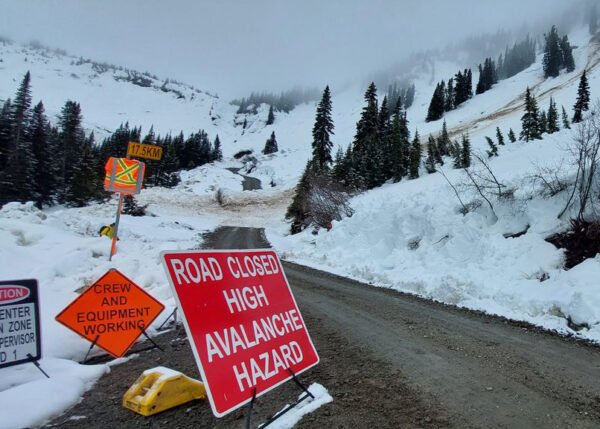What Are Avalanche Safety Plans (ASPs)?
To understand an Avalanche Safety Plan (ASP), you need to know how avalanche risks are managed. An ASP explains short-term steps to handle avalanche risks at work. It is based on a risk assessment that finds and studies risks to workers. Long-term measures to avoid, remove, or protect from risks are first considered. Residual risk is then managed by an ASP.
Hierarchy of Avalanche Risk Mitigation Measures

Short-term Measures
Short-term avalanche measures in an ASP are applied seasonally or based on changes in snow and weather. These measures can include seasonal closures, restricted access during high avalanche risk, and using explosives to reduce hazard. These measures rely on accurate avalanche forecasting.
Components for and Effective Avalanche Safety Plan
An ASP outlines steps to reduce avalanche risk to workers. All ASPs include key information needed for an avalanche safety program:
- An organizational chart with roles and responsibilities.
- Project location and avalanche terrain description.
- Weather and climate characteristics relevant to avalanche hazard.
- Details on avalanche safety training requirements.
- Avalanche hazard mapping and details on individual avalanche paths.
- Operational procedures specific to avalanche safety.
- Infrastructure and equipment requirements such as avalanche PPE signage and communications equipment.
- An emergency response plan that includes avalanche rescue procedures.








 Avalanche Activity on Work Site
Avalanche Activity on Work Site
Reader Interactions